
Soil provides nutrients to the plants – Plants provide nutrients to animals and humans – Plants, animals and humans provide nutrients back to the soil.
If we do not co-operate with this process the soil becomes unhealthy. It will not have enough nutrients and will grow fewer, lower quality foods for us to eat. There will not be enough of other things as well: energy, medicines, building supplies, water quality, or even good, clean air to breathe. The soil turns organic matter into nutrients for energy, growth and the health of plants and animals. The soil digests organic matter just as our bodies digest food.
It can take up to 400 years in a temperate climate to form 1 cm of new soil, and about 200 years to form 1 cm of soil in the tropics. Here at Never Ending Food, we are continually adding organic matter back to the soil in the form of mulch, compost, and falling leaves. In many areas, we increase the level of the soil by 2-3 cm each year, which would be the equivalent of nearly 600 years of natural formation.
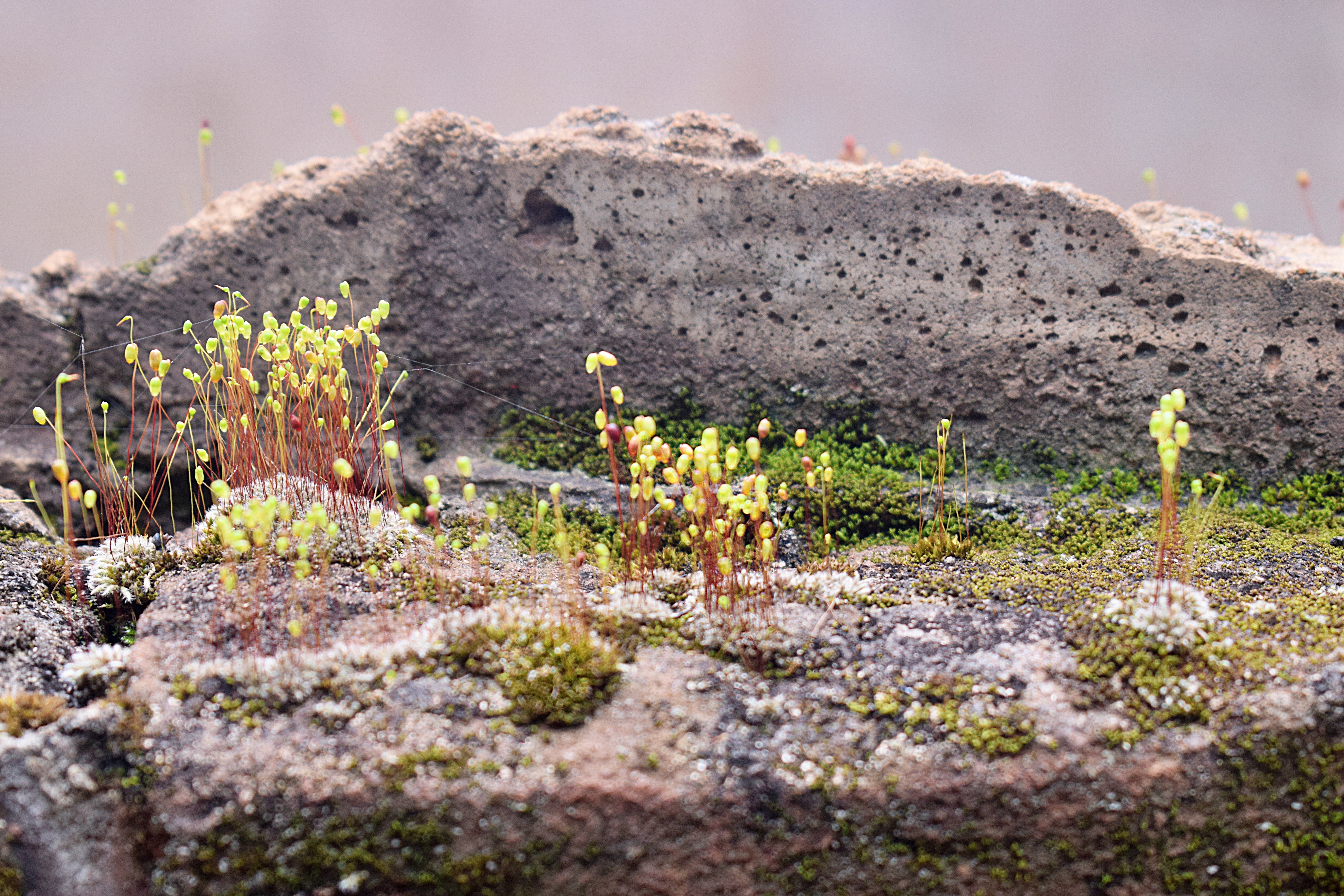
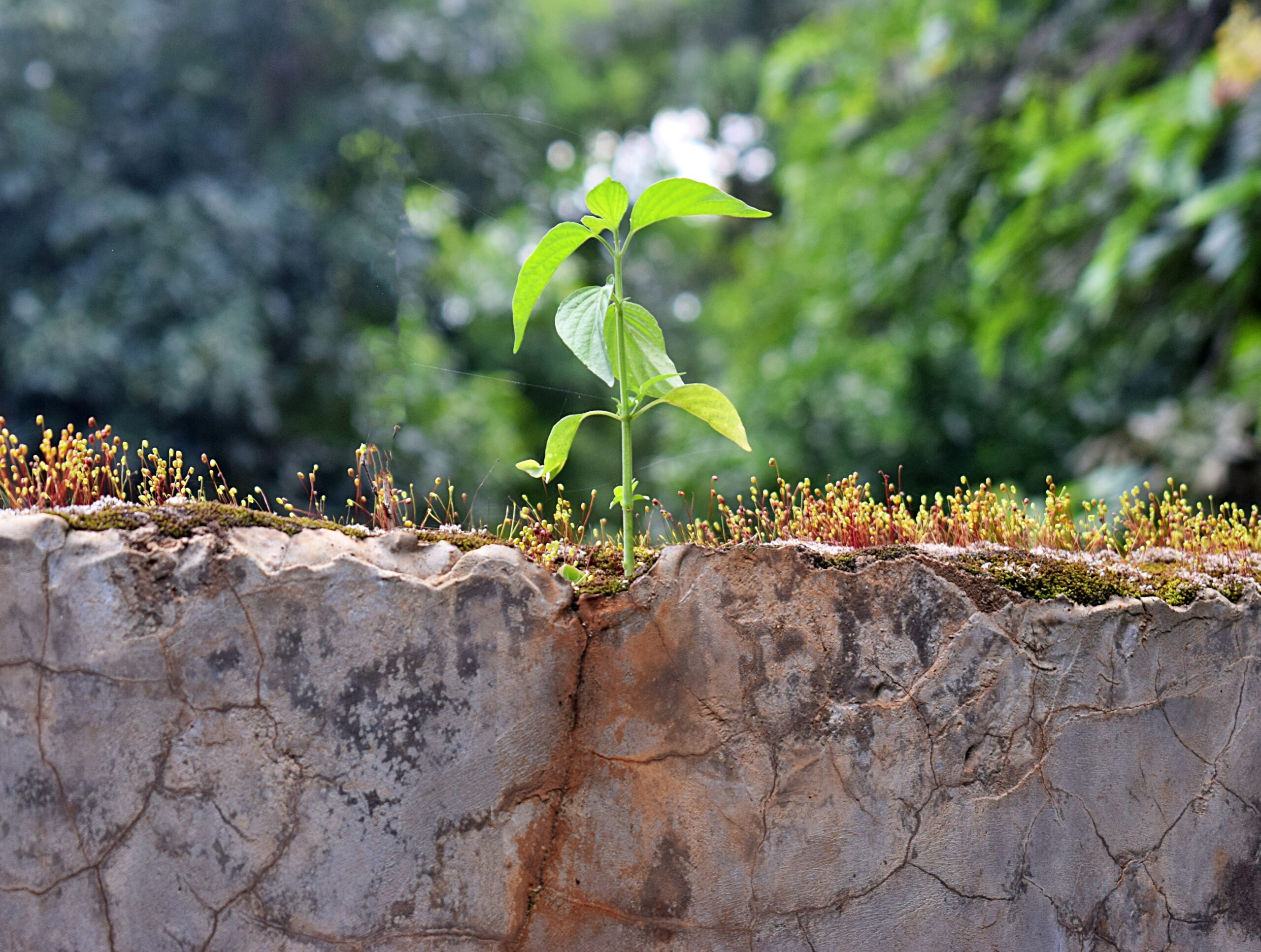
Physical breakdown of organic matter – This is similar to how we chew our food with our teeth. Animals and insects do this work for the soil by chewing and digesting the food and their waste comes out as resource (manure) for the soil. Animals also help the breakdown or organic matter when they step on fallen plant material, breaking it into smaller pieces. The wind, sun and water also break down organic matter into smaller pieces.
Chemical breakdown -This is like when food enters the stomach where digestive juices break the food into even smaller pieces. In the soil, tiny micro-organisms break down the organic matter into nutrients that plants use for growing. Small animals like worms, termites, snakes and mice burrow in the ground so the soil has air holes running through it. This also helps water get into the soil. These inputs of water and air help the chemical breakdown to happen.
Absorption of the nutrients – The nutrients from all the broken down organic matter is released into the soil where it can be taken up by the roots of the plants, along with water and minerals that are in the rocks and earth itself. The plants use these nutrients for growth, health and energy. This is similar to when our food leaves our stomach and enters our intestines, where the nutrients are absorbed by our bodies and used for growth, health and energy.
What Damages Soil?
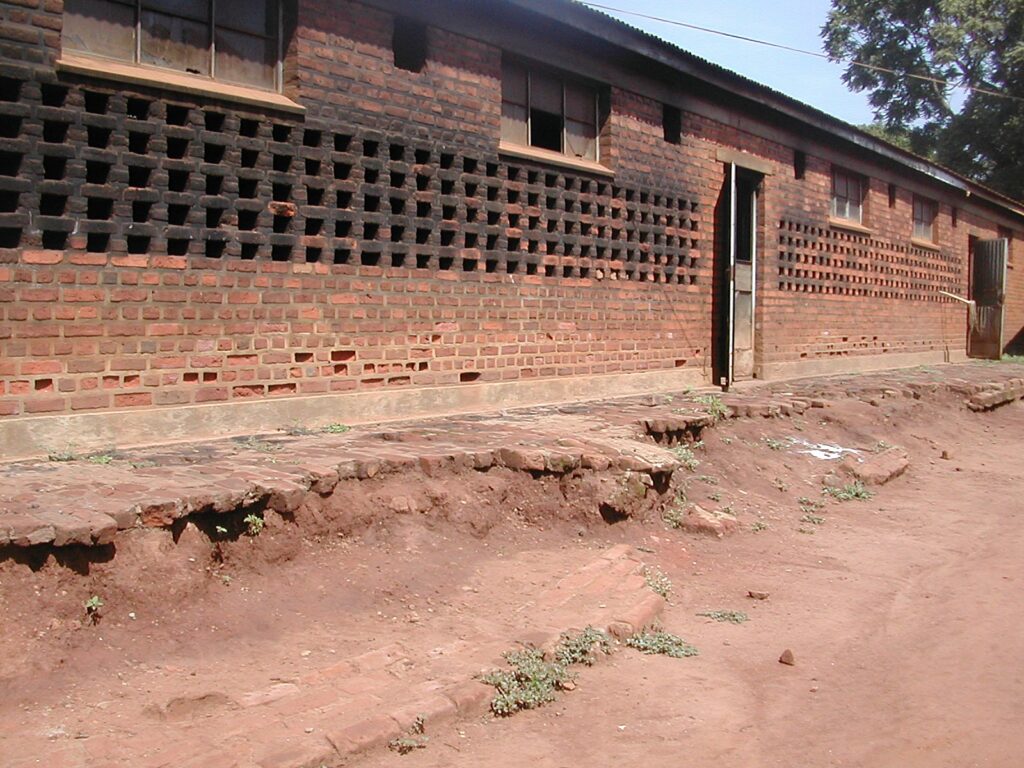
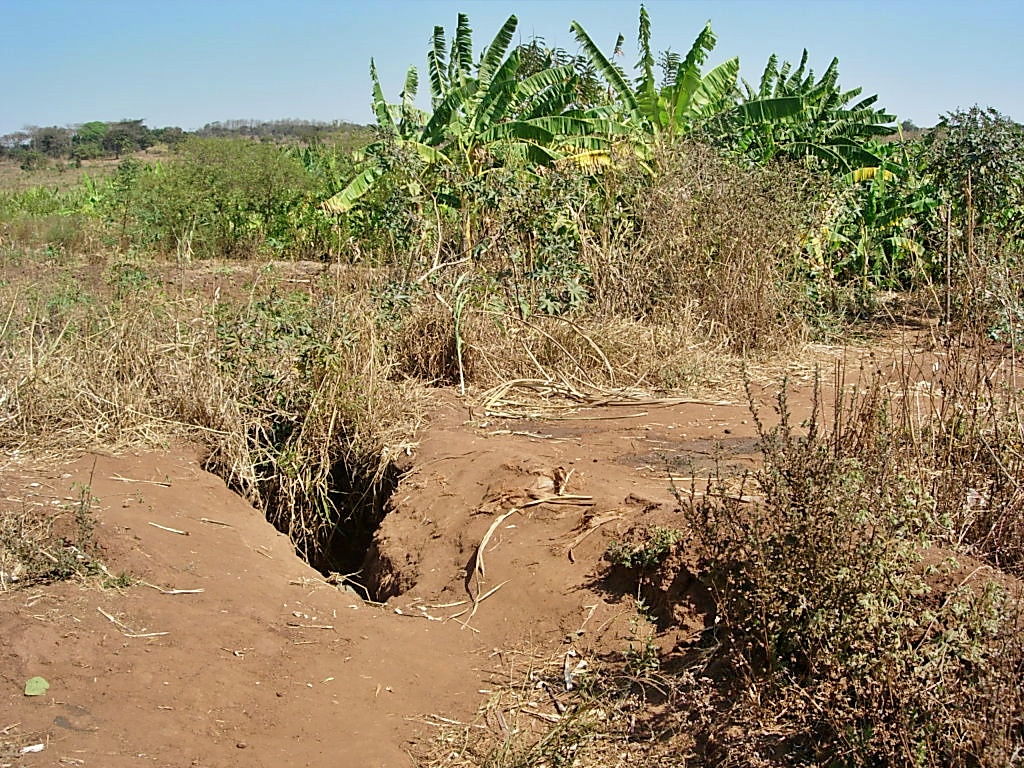
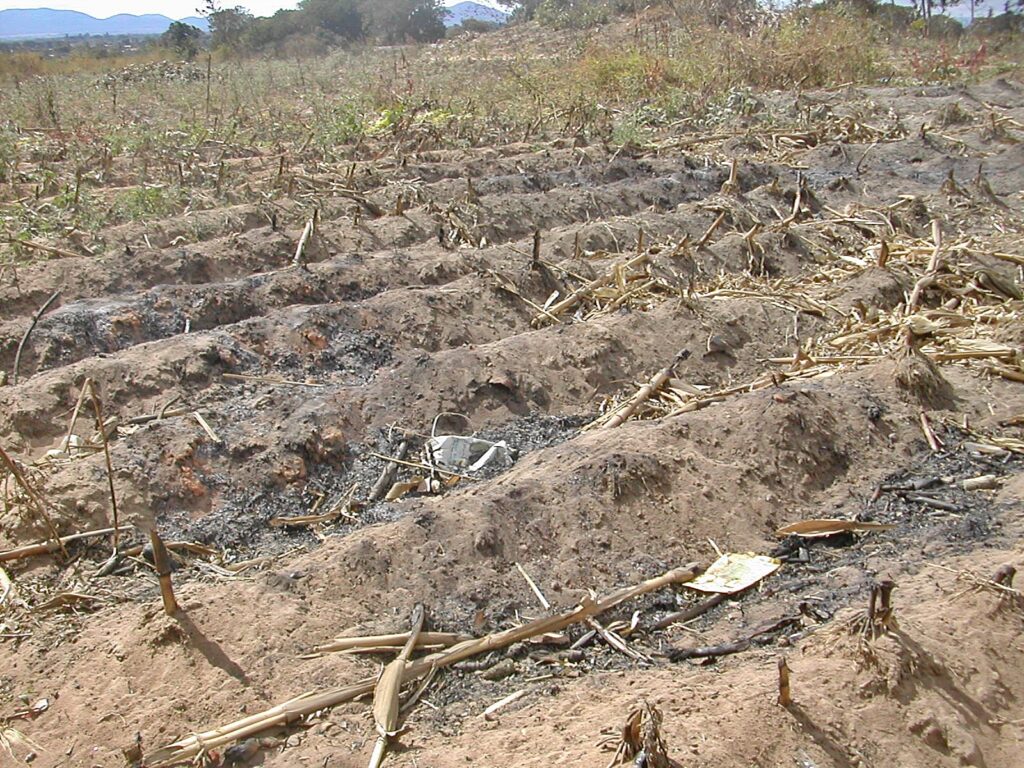
There are many things that we do to harm the soil:
- Burning organic matter kills the wildlife, pollutes our air and water, exposes the soil to winds that blow it away and water that washes it away, and it destroys the organic matter that is food for the soil.
- Using chemicals on the soil (like artificial fertilizer and pesticides) can harm the insects and the delicate micro-organisms that the soil needs to work properly.
- Mono-cropping (growing only one crop in a field) destroys all the natural diversity in the area and damages the Nature Cycle and the natural balance of the ecosystem.
- Over-grazing (when animals are allowed to eat and walk too much in one area) takes away the plants that hold the soil together and keep it there, so it can blow or be washed away with wind or rain. The soil can be come compacted (packed hard) with the weight of too many animals in one area.
- Sweeping the earth removes organic matter (the food for the soil) and it sweeps away the soil itself. It also usually adds to a female’s workday, is unhealthy for her to breathe the dust and to bend over (usually) a small broom for sweeping.
- Digging the soil breaks up soil structure and disturbs life underground.
- Compacting the soil (squashing it so it becomes hard, like dry clay) makes it difficult for roots to reach down and find the water and nutrients they need deep underground. Even humans walking on the soil can do this, which is why sticking to well-designed pathways will be important.
- Cutting and clearing too many plants and trees, especially when the roots are removed as well, exposes the soil so it can be washed or blown away.
- Planting crops on steep slopes can cause soil erosion.
- Paving the earth stops anything from growing, adds chemicals to the area (from the concrete and cement) and stops water soaking in to fill the underground water stores.
Conserving the Soil:

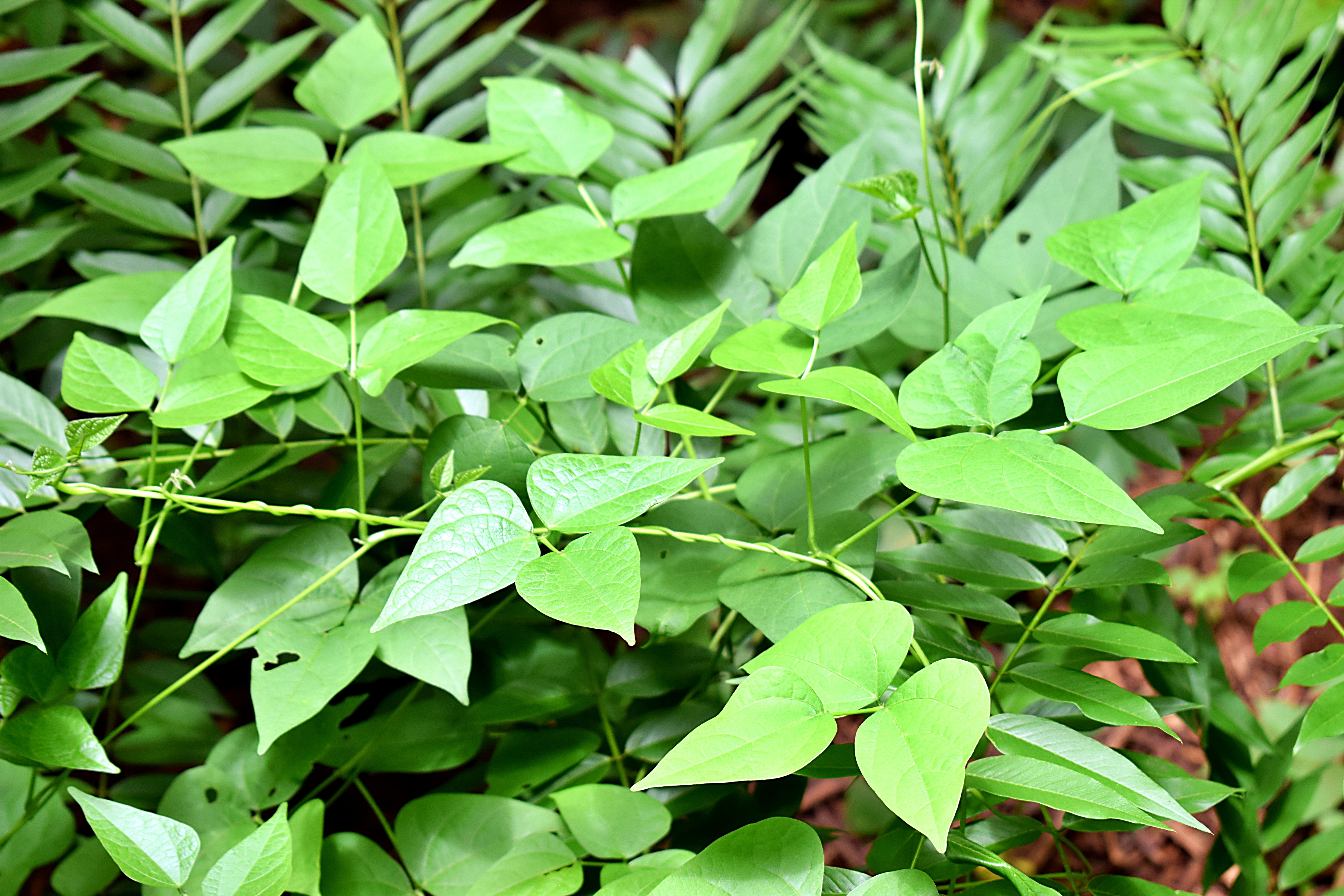
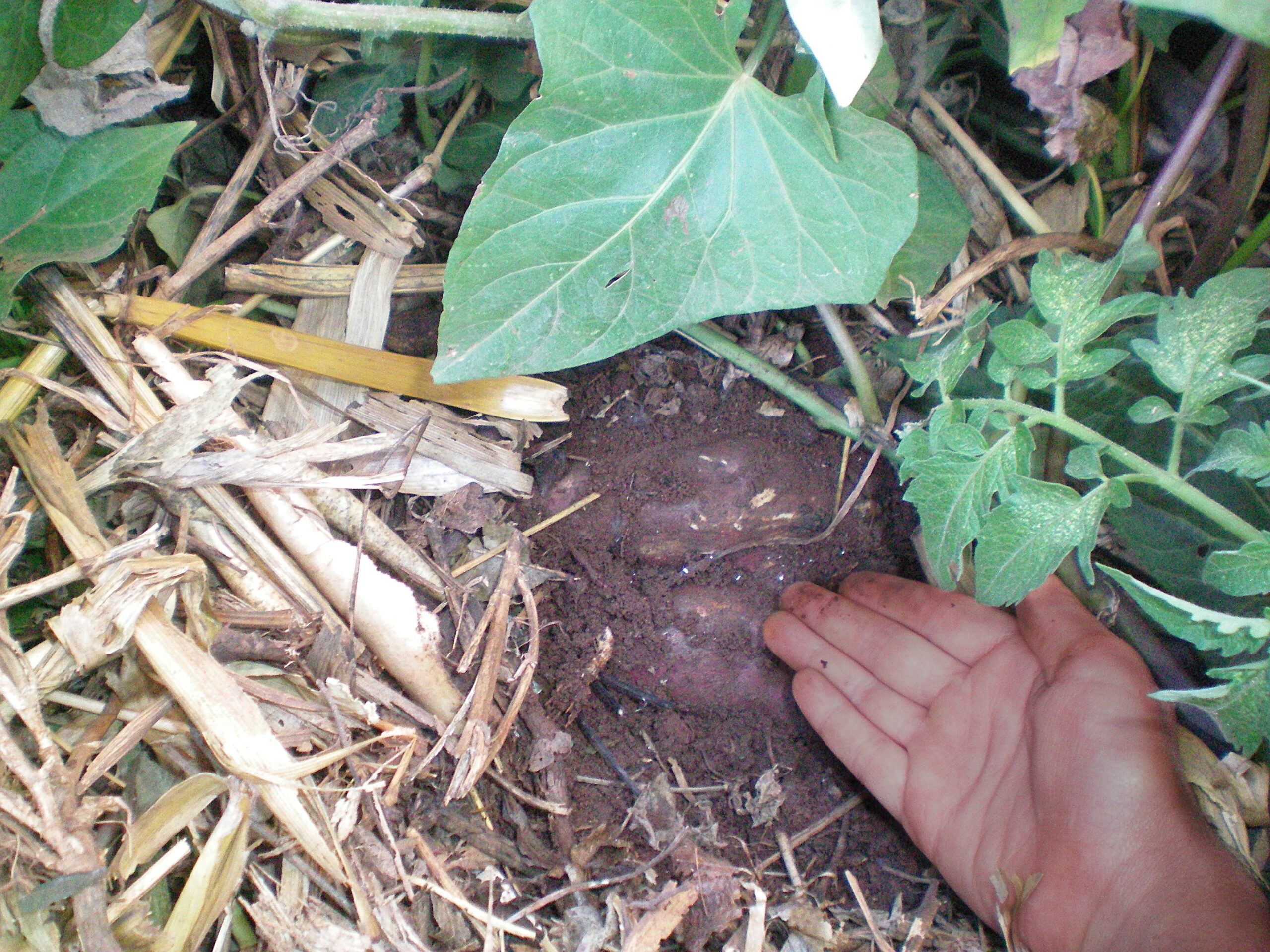
Soil loss can be prevented, and the damage can be repaired, if we do a few simple things. The methods are not hard or costly but you have to think about them, cooperate with each other, and use your intelligence and creativity to create sustainable designs and practices:
• Mulching
• Sweeping less
• Stop burning
• Less tilling and hoeing
• Clearing land carefully
• Taking care of slopes
• Planting perennials
• Using windbreaks
Often the hardest part of changing unhealthy habits is that other people do not understand why you are doing things differently. They may feel uncomfortable with your changes, or left out, and they might start talking negatively about what you are doing. Explain to as many people as you can what you are doing and why, and encourage others to make healthy changes too. Join together with other people who are trying to make improvements to share ideas, have a common message in the community, and to strengthen and motivate each other personally. It might take time for others to understand that what you are doing makes sense and that it is making lives better.
All donations go directly towards helping to spread Permaculture solutions throughout Malawi. Every little bit helps, and even a little can go a long way!
